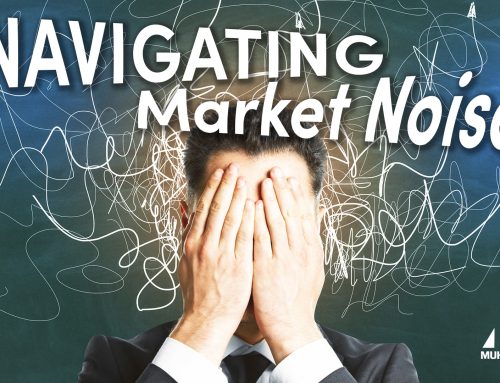
Letter to My Daughters: On Investment Risk
Most conversations about investing start with the question, “How much risk can you handle?” which I think is a very good question. But few people take the time to define the term “risk,” and so they wind up making assumptions that may or may not be true.
There are all kinds of risks in life, and there are different risks associated with investing money, but I’m going to focus on just three of them:
- The chances of losing my money,
- How much and how often the price of a security goes up and down,
- The probability of losing purchasing power over time.
Most investors worry about the first, most portfolios are designed to minimize the second, and most people ignore the third. We think that’s backwards.
There is a very good chance you will lose money if you work or invest with people who are either incompetent or dishonest. Seek out honest and competent people while avoiding competent crooks, and you can practically eliminate the risk of losing your money. The best way to be sure who is honest and competent is to ask around and get referrals and recommendations from people you know who are successful.
Modern Portfolio Theory has focused on defining risk as price volatility, measuring that risk by statistics called beta and standard deviation, creating portfolios that lower the beta, and calling the result safe. This theory (along with the Efficient Market Hypothesis) has come to dominate current, conventional thinking about allocating your assets and constructing your investment portfolios. We think there are some flawed assumptions behind the theory, but I will address those at another time.
We also recognize the probability of losing purchasing power over time as a risk, and we focus on the need to offset the impact of taxes, inflation, and spending when making investment decisions. More and more people share our recognition of this as an explicit risk, but it still hasn’t been completely incorporated into most portfolios.
We think each risk assumes a different priority depending on the time horizon involved; price volatility is the primary risk for assets that have to be spent within a year or two; loss of purchasing power is the primary risk for assets that won’t be spent for at least five years, and that may be needed to support you for decades. You get to decide which risk (or combination of risks) you are most concerned with.
So, the answer to “How much risk can you handle?” is, “It depends.” It depends on what your goal is for your money and WHEN you think you will need it. It’s important to figure this out in advance because the investments that are very good at protecting you from volatility risk are very bad at protecting you from purchasing power risk. And the investments that are very good at protecting you from purchasing power risk are very bad at protecting you from volatility risk.
So, before you start investing the money you have saved by making more and spending less, spend some time writing down what you are trying to accomplish and your deadlines for reaching those goals. Then, you can make investment decisions that are aligned with what you are trying to do. We have some tools that you can use for this process, so please let me know if I can help.
Love you, Dad.
The opinions expressed are those of Muhlenkamp and Company and are not intended to forecast future events, guarantee future results, or offer investment advice.








